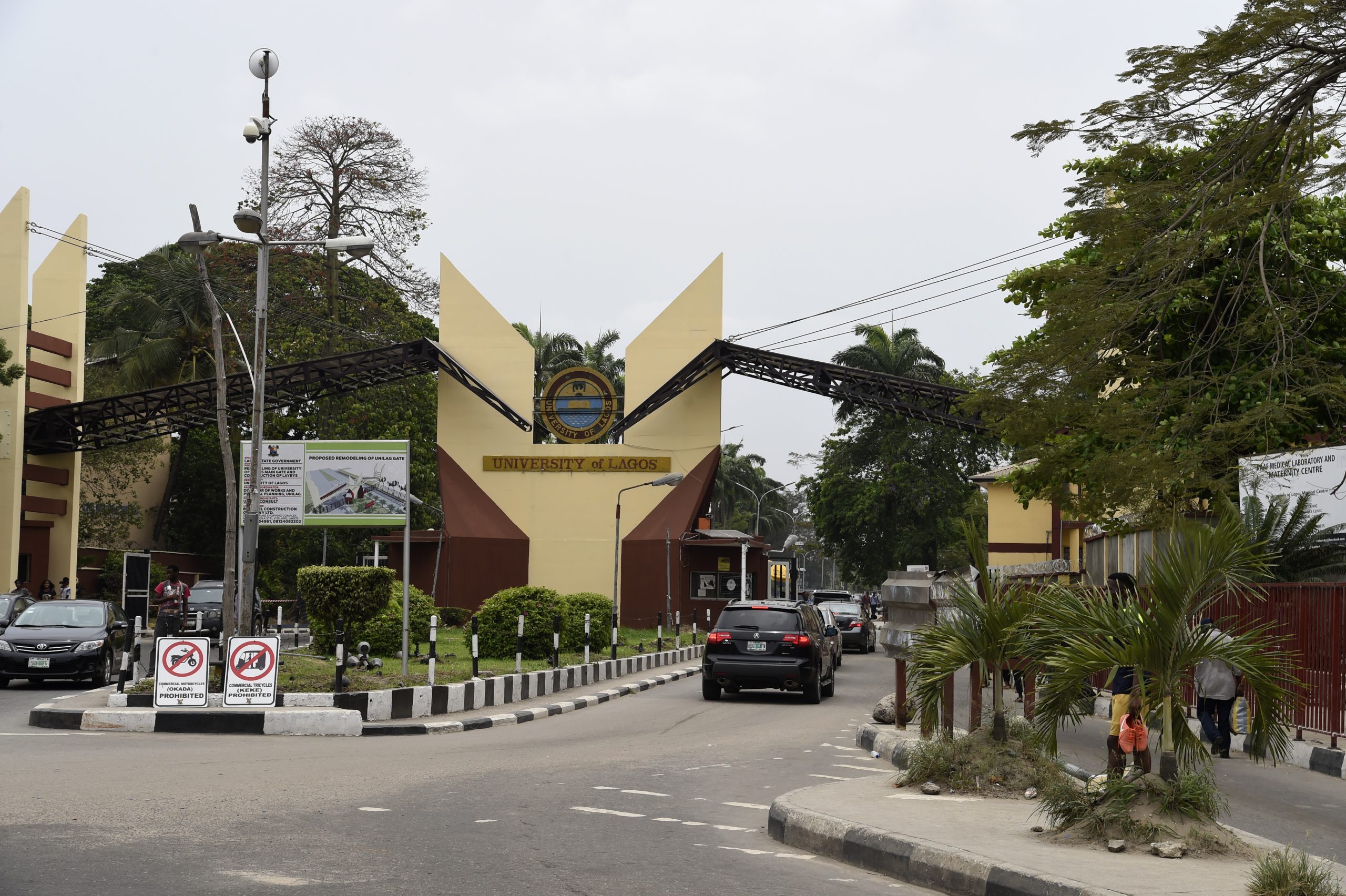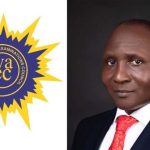
RECENT hikes in tertiary institutions’ fees ahead of the resumption of a new academic year highlight Nigeria’s turbulent public education system. The University of Lagos, University of Benin, University of Jos, Bayero University, Kano, and the Obafemi Awolowo University, Ile-Ife, among other federal institutions, increased fees by as high as 300 per cent. This has provoked protests by students, parents/guardians, and other stakeholders. Though fees have become inevitable, they should not be excessive, while the various governments should provide scholarships, bursaries, and student loans to avoid depriving the youth access to higher education.
While UNILAG and UNIJOS have reduced their initially announced fees following protests, some others have insisted on the higher fees.
The OAU management, for instance, is going ahead. There, fresh students are to pay between N151,200 and N190,200, and returning students between N89,200 and N128,000, depending on the course. The managements cite the prohibitive running costs that skyrocketed following the petrol subsidy stoppage and the devaluation of the naira.
Undoubtedly, inflationary pressure has devastated individuals, households, and businesses. Costs have ballooned, with inflation rising to 25.8 per cent in August, according to the National Bureau of Statistics. Educational institutions are also afflicted. For federal institutions – forbidden to charge tuition or very low tuition–and market-driven accommodation charges, these are surely difficult times.
However, charging higher fees should be incremental. Increases in the geometric proportions that many are announcing at this time when hunger stalks the land, and over 140 million Nigerians are multidimensionally poor, is oppressive. Many households can hardly afford to feed. It is the children of the poor and the lower middle class that mostly attend public higher institutions. The affluent, and even not-so-affluent, including middle-ranking workers, opt for private institutions primarily to avoid the incessant closures in public schools. Many students will simply drop out. The country loses.
Nigeria’s public higher institutions are in a bad shape: qualified dons are in short supply, classrooms, laboratories, and other infrastructure are decrepit; research suffers and strikes by staff leading to incessant closures are rife.
The managements compound the problems by admitting students in numbers far beyond the institutions’ carrying capacity. There are currently about 2.1 million students in the country’s university system. Both founded in 1962, Ahmadu Bello University, Zaria claims a 45,000-strong student population, and UNILAG, 35,000.
In contrast, Harvard University, founded in 1636, has 25,266 students. Massachusetts Institute of Technology, another global giant, founded in 1861, has 11,858 students.
The government can neither manage nor adequately fund higher institutions, but unwisely, continues to establish more. Nigeria by December 2022 had 220 universities; 50 federal, 59 states and 111 privately-owned.
President Bola Tinubu, beyond signing the confusing Student Loan Act, is yet to articulate a plan for the education sector.
Tertiary education is expensive to provide. This necessitates a creative national response to fund institutions and at the same time ensure an endless stream of quality manpower for the country. There should be a national programme under which the federal, the 36 states, and 774 local governments will each provide bursaries, scholarships, grants and well-tailored loans to students.
Working together, they should develop a national data bank to capture all beneficiaries so that no student benefits from more than one scheme or from more than one tier of government simultaneously.
Public agencies, companies, non-profits and philanthropy-minded individuals should also be encouraged to provide scholarships, grants and donations.
The institutions raising fees astronomically, should stop, and opt for graduated increases over time. Many parents/guardians simply cannot afford them. They should create endowment funds, expand their investment and consultancy units, patent and commercialise research findings, and partner with the private sector.












